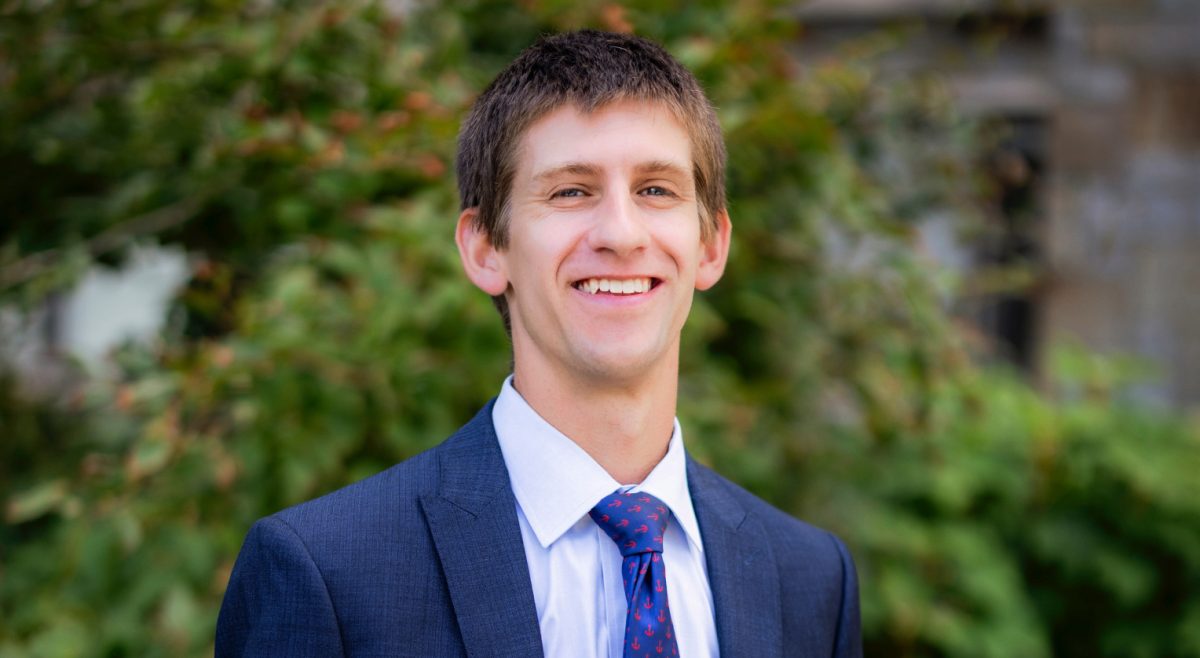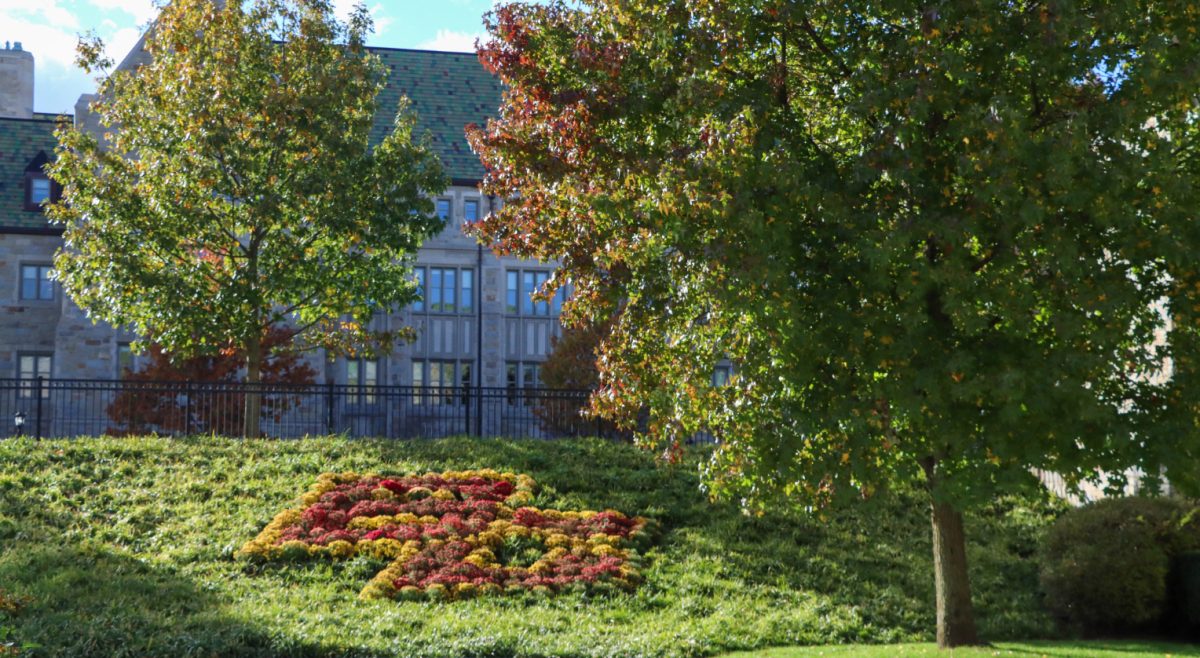As Anthony Perasso, chair of the Examen Board and LSOE ‘17, turned off the lights of a small, warm room in the Manresa House, the sense of peace was paradoxically overwhelming.
In a college environment, students rarely, if ever, find time to reflect on their lives and the amazing journey they are on. The role of the Manresa House examen, which takes place every Wednesday night at 9:45, is to provide the exact environment conducive to reflection. As Perasso put it, “It’s a place to be quiet and think.”
Students, almost 60 this week, sat wherever they could find space in the room. For about 20 minutes, there was complete silence, accompanied only by guiding questions presented by a senior member of the Examen Board. The scene, which was somewhere between prayer and meditation, was incredibly powerful. Each student, while doing the same activity, was reflecting on something completely different.
“That’s that the beauty of it,” Perasso said. “It could mean 50 different things for 50 different people.”
The history of the examen stretches back centuries. The spiritual activity was practiced by St. Ignatius, whose Jesuit followers popularized the activity. Rev. Terry Devino, S.J., who originally organized the reflection, summarized the purpose of the examen.
“It’s to get people to notice how God operates in their lives,” he said. Certainly, his mission was accomplished this week, as each student sat reflecting on his or her own distinct experience. But this purpose is in no way exclusive. The sanctuary of reflection is open to anyone of any faith.
“It’s religious or not religious,” Perasso said. “It’s as religious as you want it to be.”
Undoubtedly, to try and identify the examen with only a few factors would destroy the intrinsic beauty of it. By creating an environment of inclusivity and reflection, one can be vulnerable and at peace.
Other than creating an incredibly powerful atmosphere, the Manresa House and the reflection process created a noticeable sense of community among students. Devino noted the beauty and importance of providing an environment like the examen.
“It’s the most energizing experience as a priest,” he said. “I’m just so happy to see people here.”
The same core group of students comes to each examen.
“There seems to be a community, there seems to be a connection, there’s a need for quiet,” Devino said.
While the Manresa reflection itself is a wholly student-run affair, it falls under the roof of the Jesuits at Boston College.
Originally, the examen was a process undertaken by Jesuit priests in order to reflect on how God operates within their lives.
In modern times, the examen has been modified to a certain extent, but it has held key factors constant. By allowing students to run the actual event, the process is much more effective and real.
“It’s for students, by students,” Perasso said. “It allows busy students to take a weekly repeated pause.”
Rather than delegating the task of creating guiding questions to a priest or Jesuit, Devino chooses the member of the examen who he believes will answer the needs of the students best. Instead of locking the examen into rigid tradition, Devino and the Examen Board realized that what students here need is not what the Jesuits of old needed.
The Jesuit community here has prudently allowed the examen process to naturally evolve into what students want and need.
The examen can contain an element of intense spirituality and faith for some, it is a wholly separate experience from formal prayer or devotion. In the warm Manresa House, students of all faiths come together to step away from the world for a moment.













